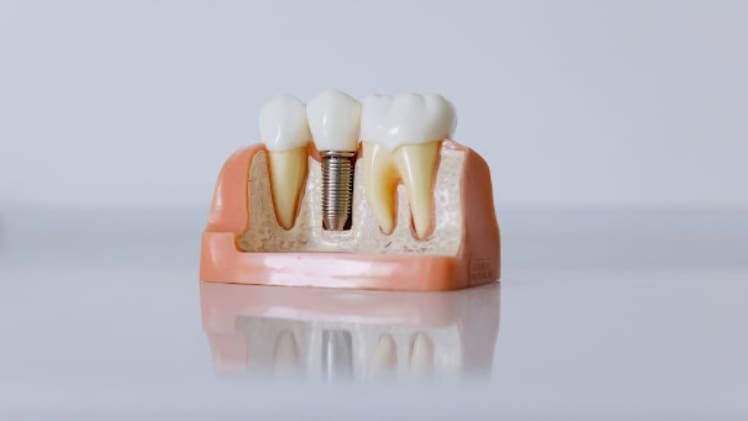
Medical malpractice is a legal issue that patients may encounter when they receive care from medical professionals. It happens when medical professionals fail to provide adequate care or make mistakes that can lead to injuries, illnesses, or even death.
However, not every situation qualifies as medical malpractice. To win a medical malpractice case, a patient must prove that negligence occurred. Proving negligence is the first step in making your medical malpractice case. This blog will discuss how to prove negligence in a medical malpractice case. Let’s dive In!
What Is Medical Negligence
Negligence is a legal term that refers to a healthcare professional’s failure to meet the standard of care that a reasonable and attentive healthcare professional would exercise in similar circumstances.
According to statistics, medical negligence is America’s third-leading cause of death. Roughly 250,000 people die yearly in the US due to medical errors and malpractice.
With this in mind, it’s understandable why more patients are seeking compensation with the help of a medical malpractice attorney in Philadelphia than ever before. While this is concerning, it demonstrates the importance of proving negligence in a medical malpractice case.
Is Every Medical Negligence Considered Malpractice?
It’s crucial to understand that not every medical negligence case is malpractice. Negligence means that a healthcare professional fails to provide a satisfactory standard of care. However, proving negligence does not guarantee a malpractice case will be successful. Patients must also prove that they suffered damages or injuries due to negligence.
Let’s take an example of a patient who develops an infection after surgery. If the healthcare professional had followed the appropriate standard of care, that infection might not have been preventable.
However, if a healthcare professional did not wash their hands correctly or did not follow the correct procedures, it may be a case of medical malpractice. The severity of the infection and the extent of the patient’s damages will ultimately determine how successful the case will be.
Ways To Prove Medical Negligence
Several elements must be satisfied to prove negligence in a medical malpractice case. Those include the following:
-
The Healthcare Professional Owed a Duty Of Care To The Patient
The first element, establishing a duty of care, is relatively straightforward. A healthcare professional owes a duty of care to their patients, meaning they must provide medical treatment that meets or exceeds the accepted standard of care.
The accepted standard of care is generally defined as the care that a reasonably competent and skilled healthcare professional practicing in the same specialty as the defendant would provide under similar circumstances.
-
The Healthcare Professional Breached Their Duty Of Care
The second element, proving a breach of duty, is more complex. To show that a healthcare professional breached their duty of care, the plaintiff must demonstrate that their conduct did not meet the accepted standard of care.
This is typically done by collecting related documents, showing final results, or presenting expert witness testimony, establishing the appropriate standard of care and how the healthcare professional’s conduct fell below that standard.
-
The Patient’s Injuries Or Damages Caused By The Breach Of Duty
The third element of proving negligence requires showing that the plaintiff’s damages were caused by the healthcare professional’s breach of duty. This means the plaintiff must demonstrate that the healthcare professional’s negligence directly caused or contributed to their injuries or damages.
The damages can include physical, emotional, and financial harm, as well as any pain and suffering experienced by the plaintiff.
Proving these elements can be challenging, and it requires a deep dive into the case’s specific details. The plaintiff’s lawyer must have evidence to prove these elements listed above to have a convincing argument.
Conclusion
Proving negligence is the first step in making a medical malpractice case. It’s vital to understand the elements involved and the importance of having evidence for each one. With medical negligence being the third-leading cause of death in America, it’s no surprise that patients and their families seek compensation for medical errors.
Healthcare professionals must provide standard care to avoid malpractice lawsuits. Patients are entitled to competent care; if they suffer damages or injuries due to negligence, they have the right to seek compensation. If you believe you or a loved one has been a victim of medical malpractice, speak to a trusted lawyer today.



